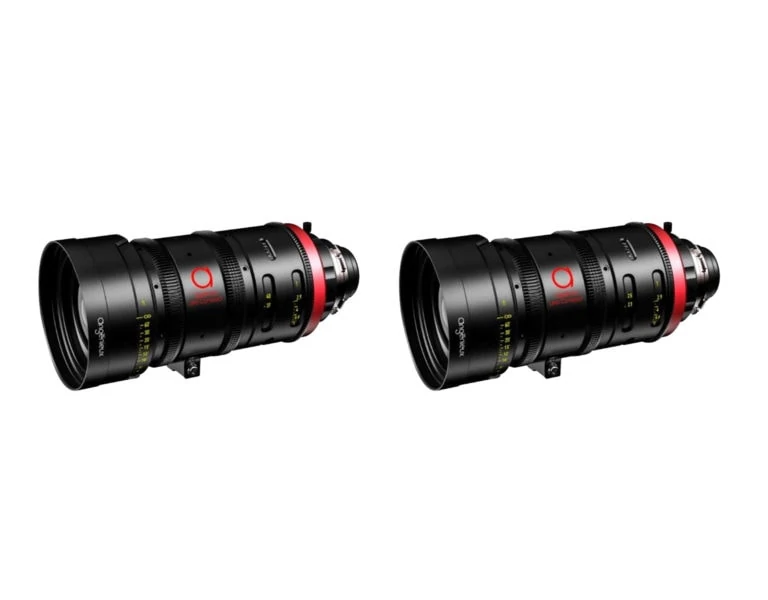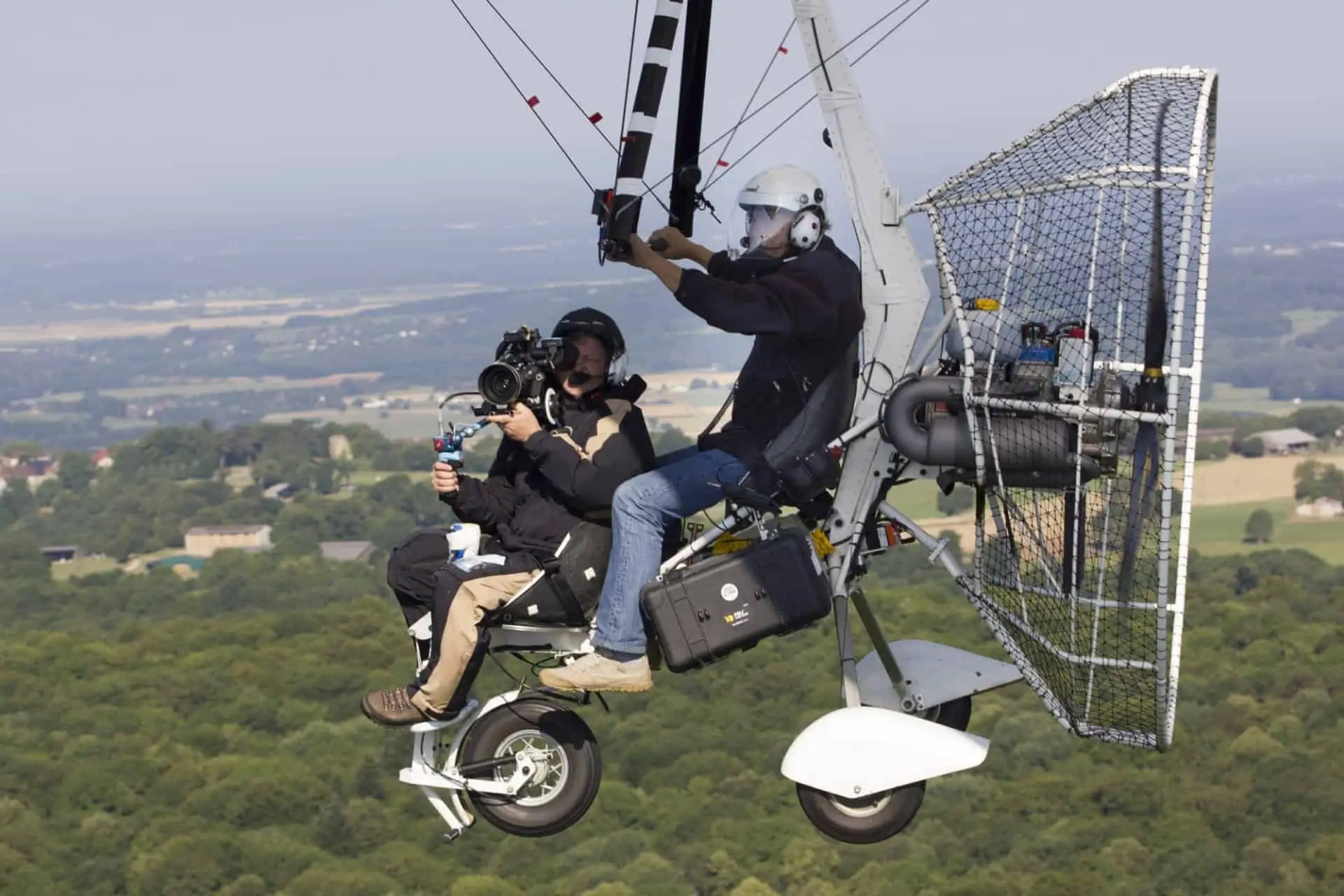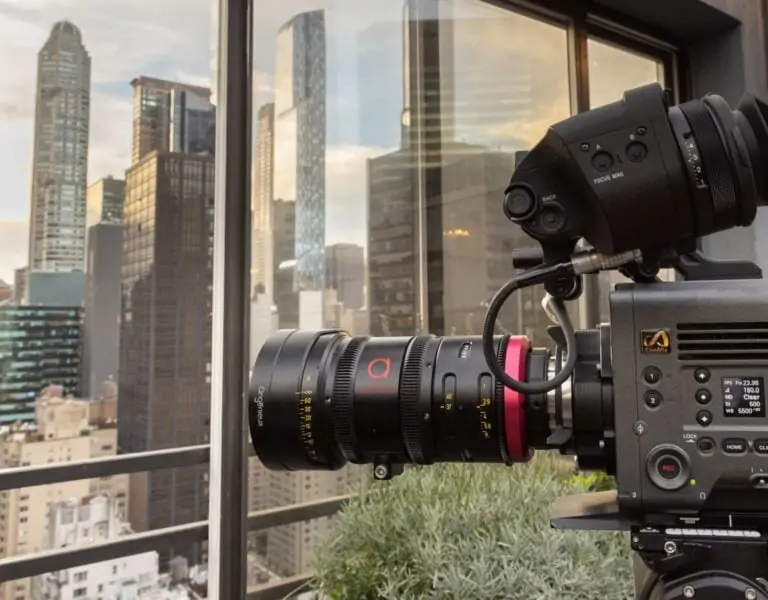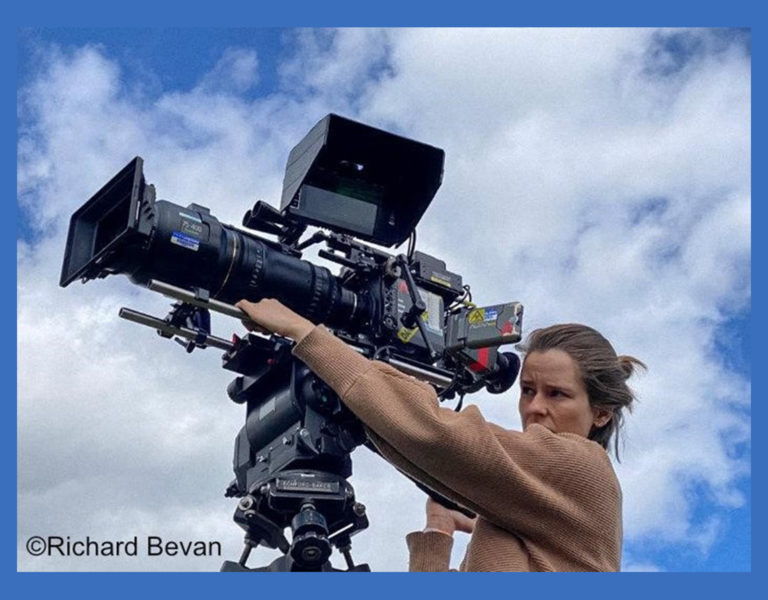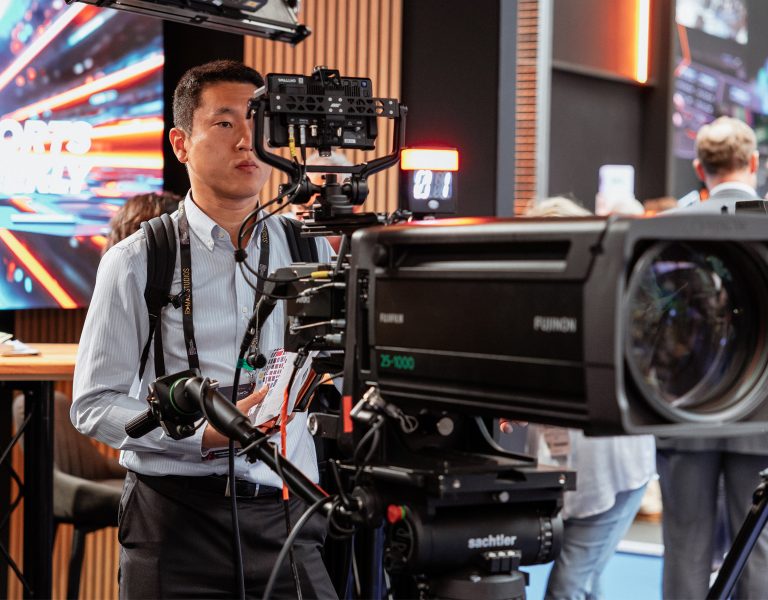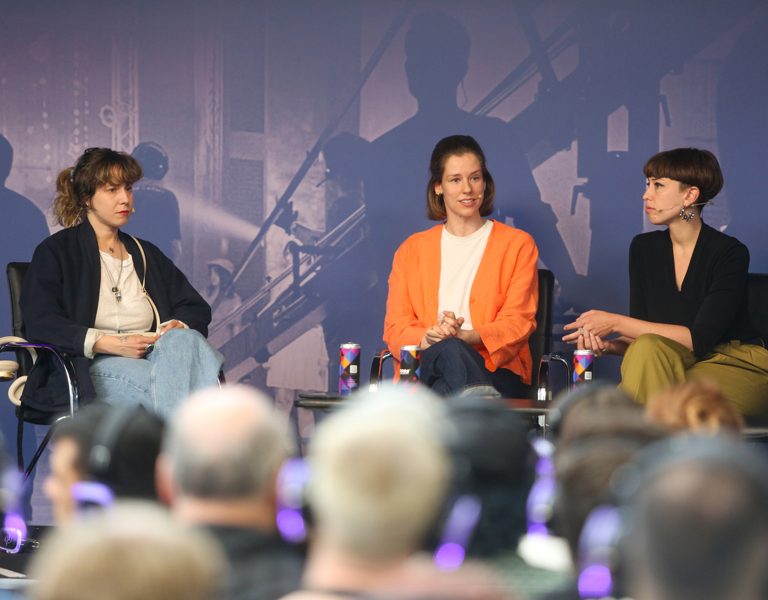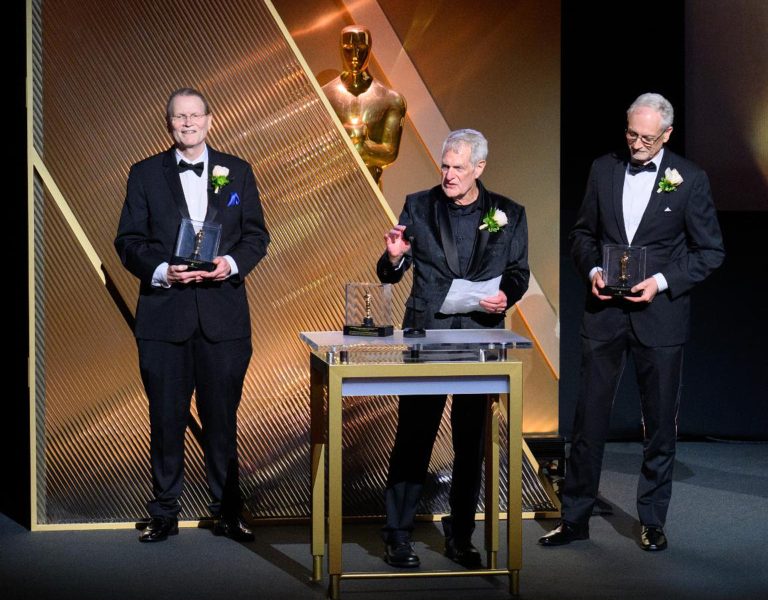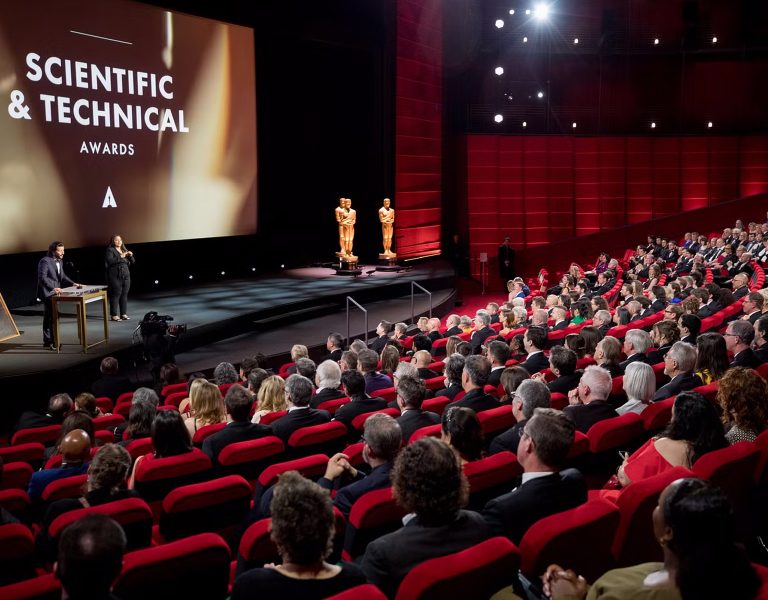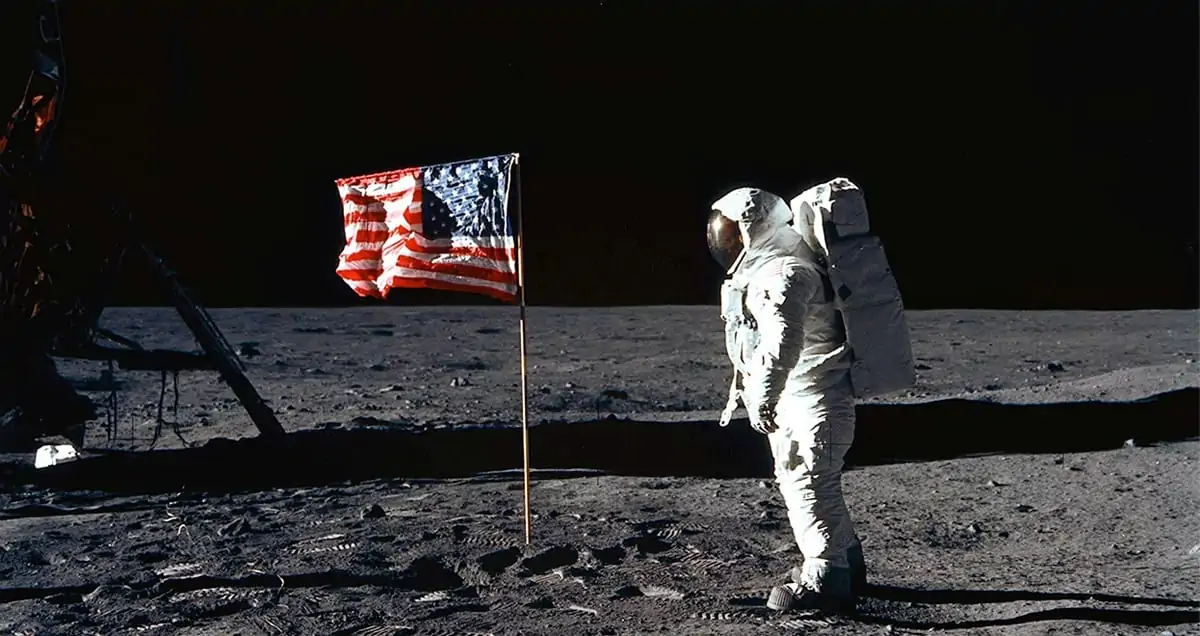
This past weekend, the world celebrated the 50th anniversary of the Apollo 11 mission. The retransmission of the incredible images remains one of the most significant broadcast events of all time, and to create them NASA selected, among other equipment, the lenses of a small French company: Angénieux optics.
To show the world filmed images of NASA’s successes in its “race to space” engaged against the USSR, the choice of imaging equipment represents a strategic communication decision. In 1961, NASA announced a call for submissions for television camera manufacturers for its Apollo missions. Maurer and RCA Astro Electronics (a division of the American camera manufacturer RCA), already NASA’s suppliers, are chosen to be integrated in the Apollo program. Requirements for such cameras are high. NASA wanted small, lightweight cameras, reliable in the lunar environment, low in energy consumption and easy for astronauts to operate.
The Choice of Imaging Equipment, a Strategic Communication Decision
To equip these special cameras, optics are required. Fame and reputation of excellence are attached to Angénieux in the United States since the 1950s among film camera manufacturers as well as broadcast tube camera manufacturers. This explains the reason why the prestigious American space agency showed such great interest in the lenses of this small French company. Angénieux lenses had already been selected for Ranger and Gemini missions before Apollo’s and have proved themselves worthy of such a mission. Three of the six lenses that were on board Ranger 7 that captured the first pictures of the Moon on July 31, 1964 are Angénieux 25mm ultra luminous fixed lenses. It was decided that Angénieux lenses will remain on the forthcoming Apollo program. For Angénieux, the adventure of the space conquest continues.
After the Apollo 1 launchpad fire, NASA concentrated on the project’s dependability. The transmission of images for television became secondary or even problematic because of the extra weight to carry. Manned missions resumed with Apollo 7. Black and white tube cameras from RCA and 16mm Maurer were selected for the Apollo 7, 8 and 9 missions. Maurer cameras were positioned in the command module. They were equipped with French Angenieux fixed lenses 75mm f/2,5. On the RCA cameras in the Lunar module, American Fairchild and Argus Optics lenses were used.
Color images came with the Apollo 10. The manufacturer Westinghouse would join NASA’s lunar project, replacing RCA. Indeed, Westinghouse had developed a new color camera using a single SEC (Secondary Electron Conduction) tube originally developed for the US military. This tube was more sensitive than those of earlier cameras and made it possible to extend transmissions of televised images from the lunar morning to the evening. It offered a better view in the shadowy zones around the Lunar Module.
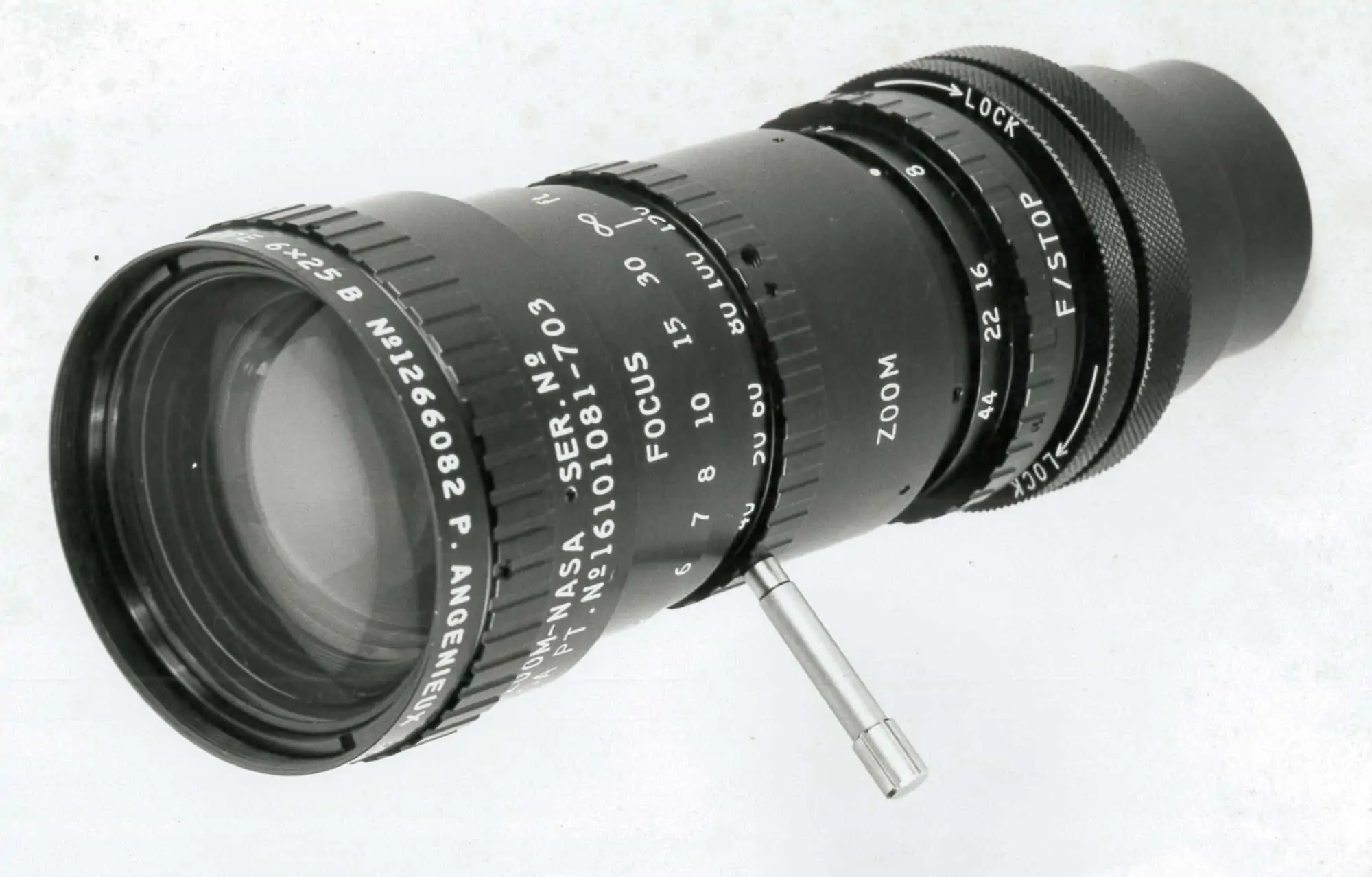
Its design system, called “Field Sequential”, allows a lighter and more compact camera consuming less energy than traditional three-tube color cameras. There was still one problem: the TV signal had to be reconstructed to be compatible with the NTSC signal used for American television broadcasts. NASA therefore used a system with a dual magnetic reader/recorder coupled together, one writing on the magnetic tape from the signal coming from the camera, the other reading it and converting it to the NTSC format of American color television. To facilitate the use of this camera, Westinghouse equipped it with a portable monitor and an Angénieux 6x (6×25, f/4.4) zoom lens adapted from a 16mm film zoom lens. This adaptation was necessary to cover the sensitive area of the 25mm (on the diagonal) tube. The first tests of the Westinghouse color camera with an Angénieux 6×25 zoom lens on Apollo 10 in May, 1969 were successful. The equipment provided the first color images filmed of the crew and the Moon, up close.
For Apollo 11, however, NASA decided to shoot man’s first steps on the moon live from the lunar module with a black and white Westinghouse camera (equipped with Fairchild optics) to limit the risk of transmission problems. The color camera with the 6×25 stayed in the Control Module and took live color images of Neil Armstrong and Buzz Aldrin on their trip to and from the moon. A 16mm Maurer camera with Angénieux 75mm optics was also on board the Command Module taking images of the Lunar Module’s separation and docking maneuvers from the porthole.
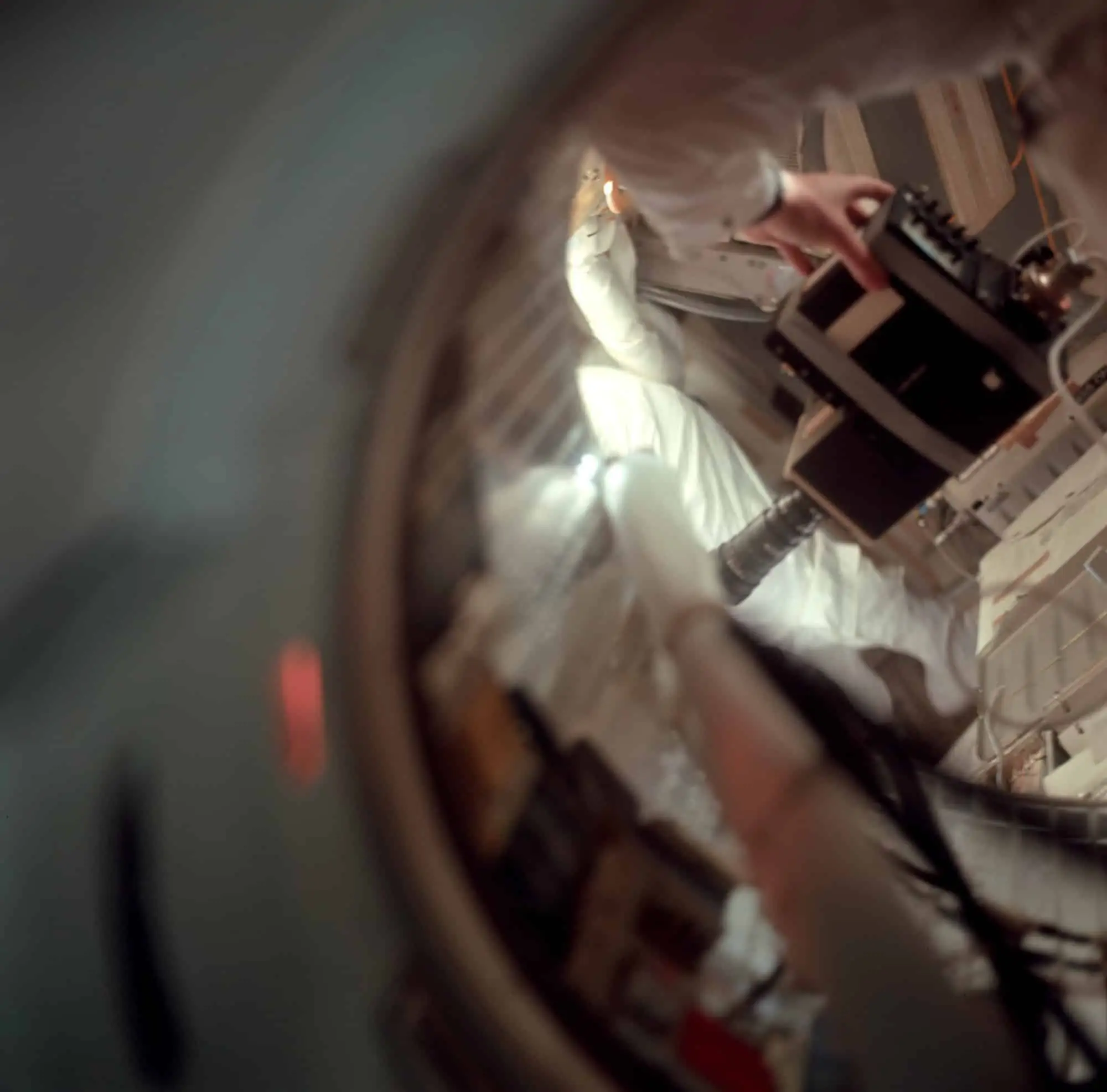
Angénieux, a pragmatic inventiveness in the service of NASA
The first 6x25s were actually 6×12.5s with a 2x teleconverter. These lenses had focusing rings marked from 12.5 to 75. In 1969 and 1970, to answer NASA’s requirements, the optical designer Jacques Debize redesigned the back of the 6×12.5 to make it into a shorter 6×25 to limit the risk of bumping into the astronaut’s helmet. This new version was released in July,1970. The zoom rings were then engraved from 25 to150mm. To address the space-specific condition of the vacuum, Angénieux developed a concept for lubricating the mechanics, as the usual grease would evaporate in a vacuum and fog the lens elements. New optics treatments were developed to combat solar radiation. To resist chocks and heat during rocket launch, those optics are particularly resistant.
Following a successful Apollo 11 mission, the 6X25 zoom lens was selected on all of NASA’s following Apollo missions. It was on board the lunar module of Apollo 12,13, and 14 missions.
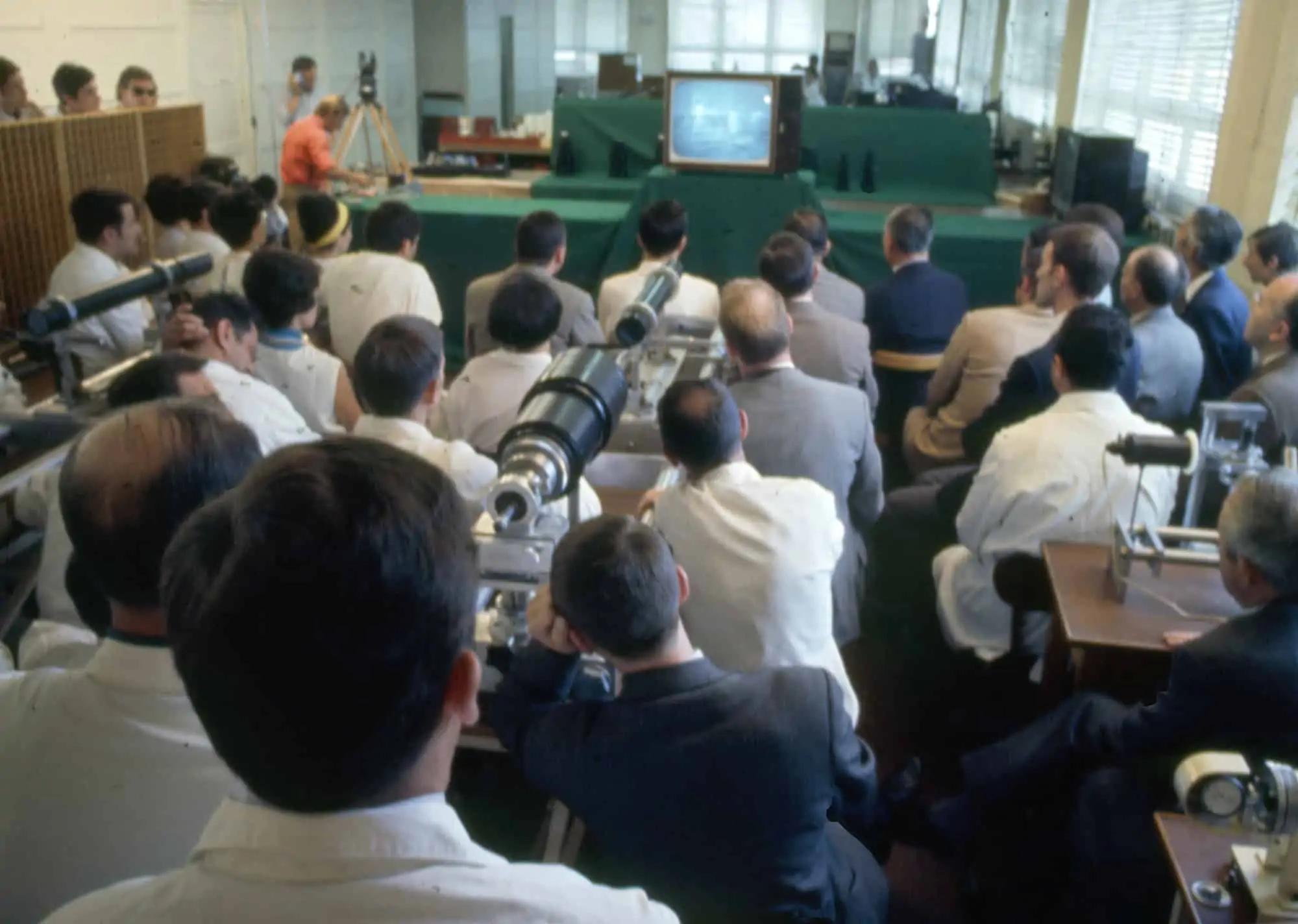
This story is reposted, with permission, from an blog entry, which contains further information and images, and can be seen at: https://blog.angenieux.com/apollo-11-mission-destination-moon-for-angnieux-
